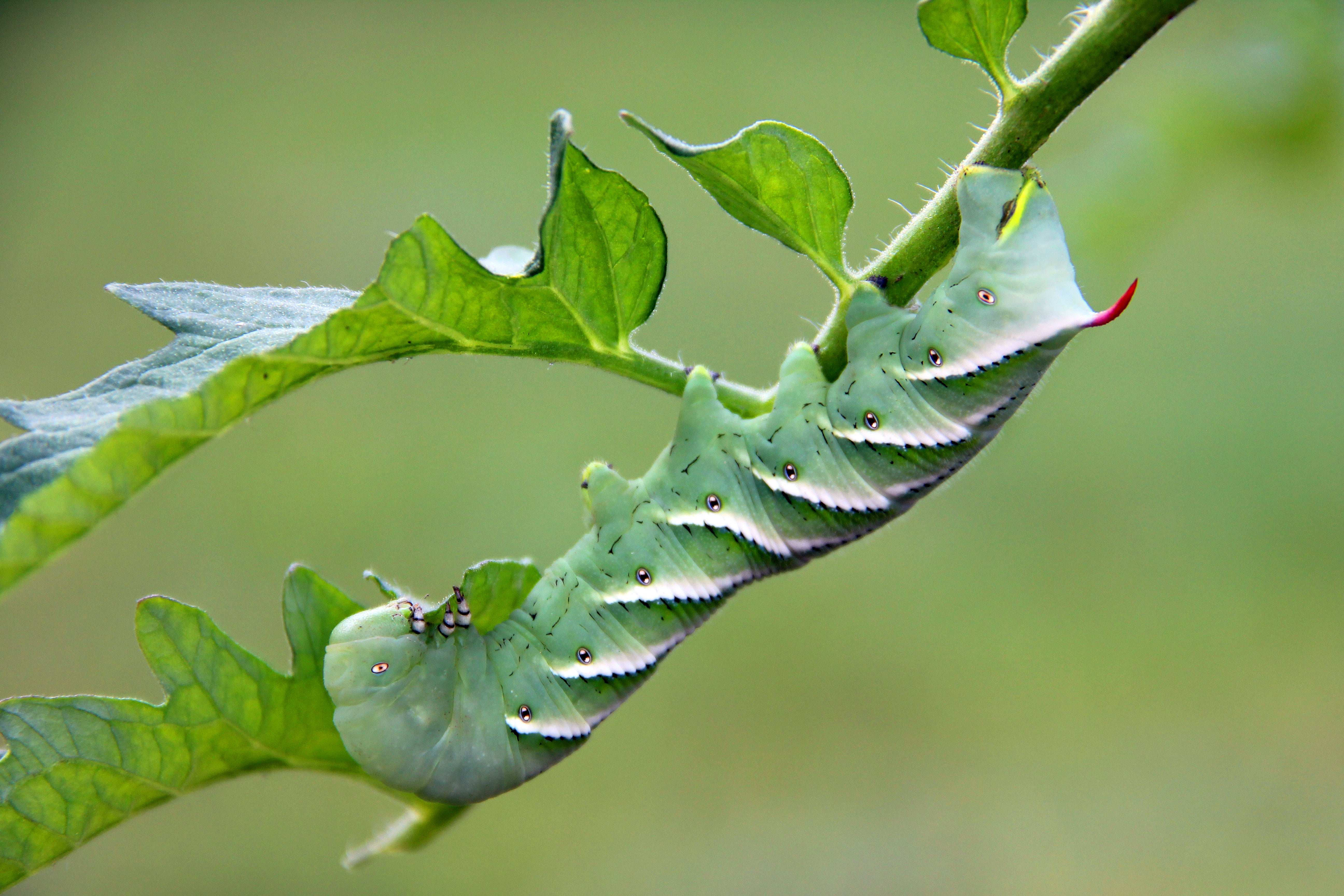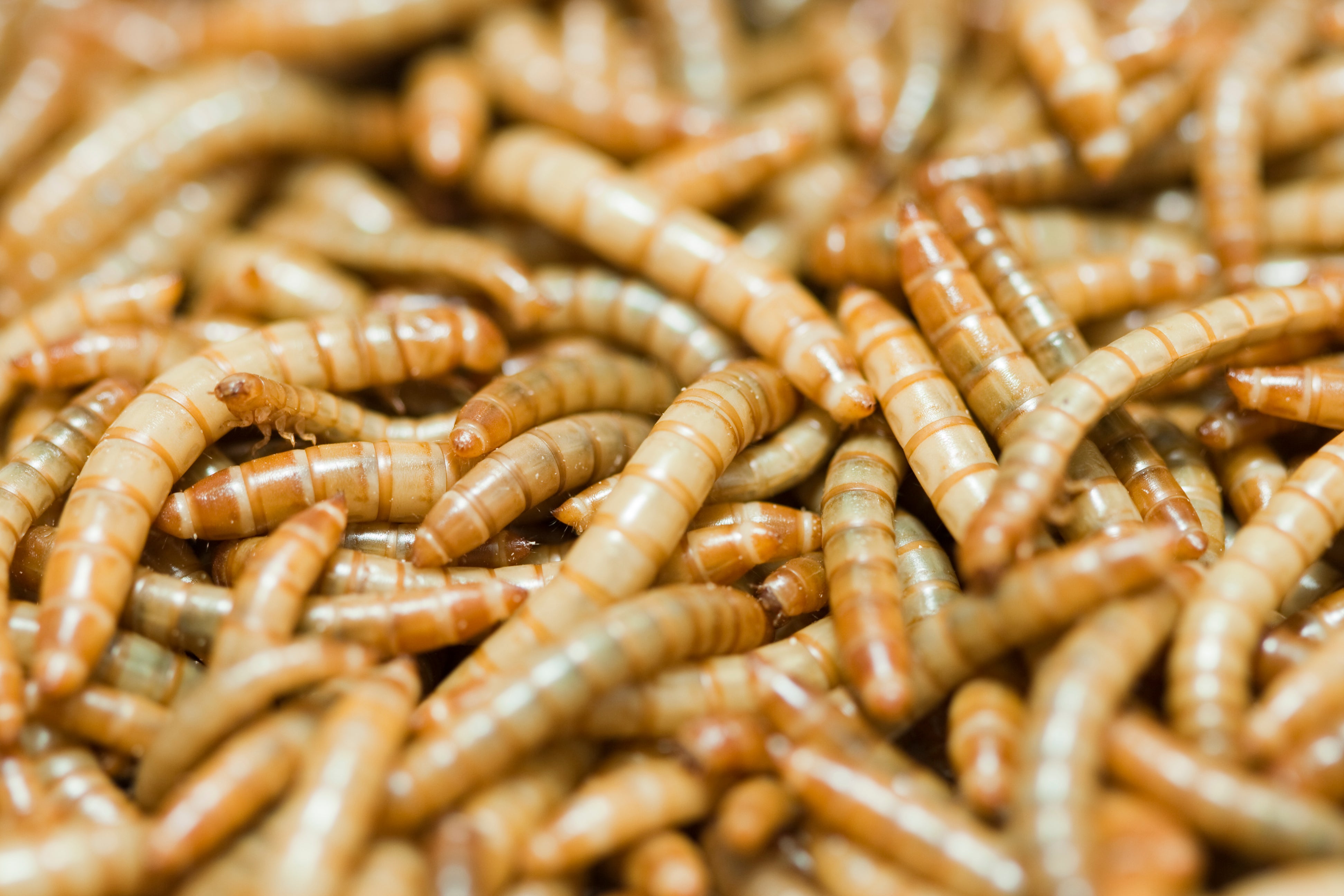Superworms (Zophobas morio) are a frequent staple food for reptiles and amphibians (Dubia Roaches are a great alternative staple). They are the larval form of a large darkling beetle, not to be confused with the mealworm darkling beetle.
In order to provide optimal nutrition for the animals they feed, superworms need adequate food and hydration. Superworms kept in groups are unlikely to leave the worm stage of development and are consequently a long-lasting feeder.
Housing
Superworms do best in an adequately sized and ventilated enclosure. They don’t climb and are unlikely to escape but their enclosure should be covered to avoid spillage or interference by others in the household. A small number of superworms can do well in a covered plastic cup or a 4”x6” “cricket keeper”. Larger numbers of superworms (over 100) require an enclosure at least the size of a 5 gallon (8”x16”x12”) or 10 gallon (“20”x10”x12”) aquarium. An actual aquarium with a screen cover, or the commercially available “Faunarium” type plastic cages [insert link http://www.exo-terra.com/en/products/faunarium.php] can serve as the enclosure. A similarly sized plastic tub with a cover will also work well. The cover of the tub will require a hole cut in it and covered with a screen or mesh to provide ventilation.
**Superworms should never be kept in the refrigerator since such cool temperatures will kill them**
Food
Superworms burrow in bedding which doubles as their food. They require high-quality food in order to provide good nutrition for the animals they feed. They are frequently sold in a bedding of wheat bran, which looks like but is not sawdust. For best results, superworms should be provided with a bedding of high quality powdered grain mixture. This mixture can be purchased as chicken mash, as insect “gut load” or formulated at home by putting a variety of cereals and grains through the blender.
As the superworms consume the food, they leave behind droppings (called frass) and shed skins. Eventually, the frass and shed skin can largely replace the powdered grain. Be sure to check the composition of the bedding frequently (the frass is finer than the grain) and add more food as needed.
Hydration
Superworms depend on fruit and vegetables for their hydration. The most common items provided are carrots and potatoes. They do well with all sorts of vegetable parings including eggplant peels, broccoli stems, cabbage, and cauliflower leaves. It appears that they pass on the beta carotene in orange fruits and vegetables to the animals they feed, resulting in good nutrition and coloration. Care should be taken not to use items that can rot, mold, or cause the bedding to clump. Remove fruit and vegetable items once they have dried out.




2 comments
Reptile Supply
¿Cuál es su pregunta acerca de qué mantenerlos dentro o sobre alimentarlos? Los superworms se mantienen típicamente en una tina de plástico profundo con avena molida o salvado de trigo. Los superworms comen típicamente los tallos gruesos de los verdes mostaza, los verdes de cuello, la col rizada también pelada batata o la calabaza pelada. ¡Espero que esto ayude!
Saludos, Simon
ivqitgsqua
Muchas gracias. ?Como puedo iniciar sesion?
Leave a comment
All comments are moderated before being published.
This site is protected by hCaptcha and the hCaptcha Privacy Policy and Terms of Service apply.